Businesses can only succeed with a steady flow of loyal customers, so customer acquisition is vital for the future of your project. Meanwhile, you won’t get consistent revenue and stable growth if you focus exclusively on the acquisition of customers. If your new customers end up dissatisfied with your services, they’ll jump ship as soon as possible.
This begs the question: Should you make customer acquisition your main priority? Or is it better to focus on customer retention and satisfaction? And, crucially, how does the quality of customer service enter the equation?
You’ll find all the answers here. Let's start with the basics and clarify what customer acquisition, customer retention, and customer satisfaction mean.
Customer Acquisition vs Customer Retention vs Customer Satisfaction: What’s the Difference?
So, how do customer acquisition and customer retention differ? And what about the differences between customer acquisition and customer satisfaction? It’s not as complicated as it sounds.
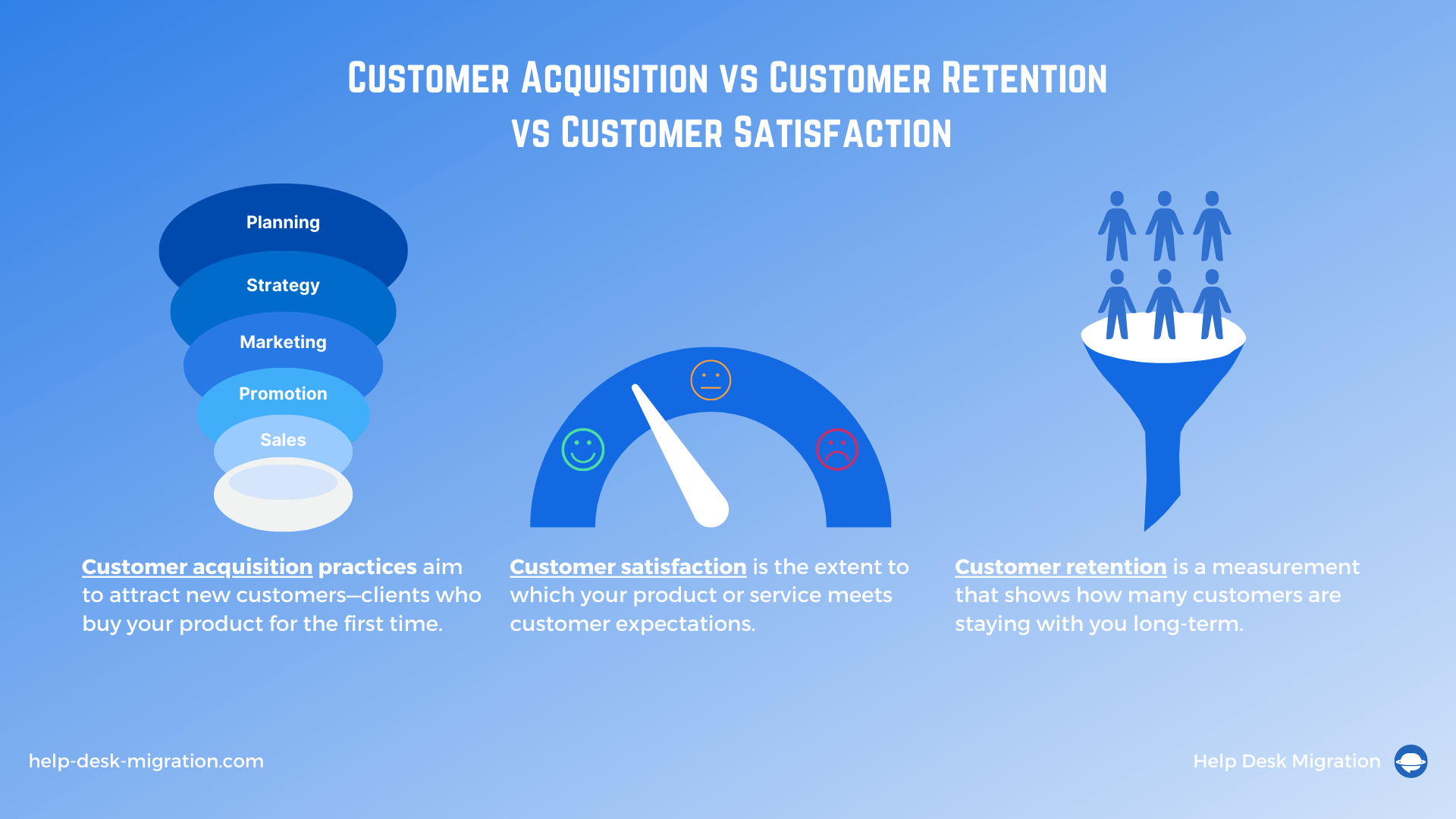
Customer acquisition
Customer acquisition practices aim to attract new customers—clients who buy your product for the first time. This process brings customers down the marketing funnel from initial brand awareness to purchase decision.
A successful customer acquisition strategy involves tracing key metrics that allow you to swiftly react to changing market conditions and customer data, produce a stable flow of new clients, optimize marketing costs, and boost your revenue.
Customer satisfaction
Customer satisfaction is the extent to which your product or service meets customer expectations. Simply speaking, you may be able to turn a lead into a customer, but they won’t stay with you for long unless they are satisfied with your service.
If you aim to drive up customer loyalty, encourage repeated purchases, and make your customers spend more time with your company, you need to invest in customer satisfaction. As customer data studies show, only 40% of clients are ready to do business with a company that offers a poor customer experience. This confirms the key role of customer service in customer satisfaction.
Customer retention
Customer retention is a measurement that shows how many customers are staying with you long-term. It demonstrates whether your business can encourage customers to buy your products and services again and again.
To retain customers, you need to have a customer acquisition strategy that will onboard the ideal clients and manage the customer lifecycle in a way that boosts loyalty. This also implies striving for excellent customer service, and recent studies prove this point:
customers who appreciate the company’s customer experience are 34% more likely to make a purchase again.
Now, it seems like no business can succeed without all three. But are they equally important? What if you invest heavily in one, ignoring the others? Let’s look at the differences between customer acquisition and customer satisfaction first.
Customer Acquisition vs Customer Satisfaction: Which One Matters More?
Customer acquisition brings a crowd of new clients, all eager to try out your product or service. It yields a ton of quick revenue to your business and familiarizes the target customer with your product. But what if the customers aren’t satisfied? Is customer satisfaction that relevant? Let the “New customer vs existing customer” battle begin.

Acquiring new customers costs more
Numerous researches show that you need to spend 5 times more money to acquire new customers compared to the amount needed to persuade existing customers to buy another product.
The probability of selling to a new customer is 60% lower than to an existing one. It means that persuading leads to become clients is costly and has lower success rates.
Therefore, even though acquiring new customers is vital for your business’ healthy growth and development, investing in customer satisfaction and customer loyalty means saving funds.
Happy customers bring friends
Satisfied customers spread the word and bring new people in. What’s more, clients who are happy with the product and customer service become the most vocal brand advocates: 83% of Americans say that a recommendation from a friend or a relative makes them more likely to purchase a product. As a result, customer satisfaction and customer loyalty translate into customer acquisition.
Unhappy customers leave
If you fully focus on customer acquisition but disregard customer experience, your new customers will quickly run away. Unhappy people will also leave negative customer feedback and prevent potential clients from trying your product or service.
To sum up, customer acquisition and customer satisfaction are keystones of your business’s success. High-quality customer service skyrockets customer satisfaction and fosters your clients’ loyalty. Now, let’s compare the costs and benefits of customer acquisition against the investments in customer retention.
Customer Acquisition and Customer Retention: The Difference
Several key aspects show how customer acquisition and customer retention differ in terms of their effects on your business.
- Return on investment (ROI)
- Customer base growth
- Customer lifetime value
- Revenue growth
Let’s jump right into the cost/benefit analysis.
Return on investments (ROI)
ROI is a metric that calculates how profitable a certain investment is compared to the amount of money poured into it. Overall, the customer retention process yields higher ROI because retaining a customer is much cheaper than acquiring a new one.
Customer base growth
You can certainly grow your customer base through customer retention management, but a customer acquisition strategy will be far more effective. Customer acquisition practices can help you attract many new clients from your target groups through various customer service channels.
Customer lifetime value
Customer lifetime value is a metric that measures the total amount of money the client will bring to the company throughout their relationship with your business. Customer retention strategies are more effective when it comes to increasing the CLV.
Revenue growth
A sound customer acquisition strategy can rapidly increase your revenue as a large flow of new clients decides to buy your product. This fosters financial independence and permits your business to develop based on the revenue it generates rather than the stakeholders’ investments. By contrast, managing customer retention pays off slowly but steadily by turning first-time customers into loyal clients.
To sum up, customer acquisition and retention are essential for the steady development of your business.
| Customer acquisition is pricey but can pay off quickly by boosting lead generation and growing your customer base. | Customer retention, by contrast, has higher ROI and improves the customer lifetime value, which forms a foundation for your company’s stable future. |
Now, given that the acquisition is so expensive, developing a robust customer acquisition model that won’t waste marketing budgets becomes a critical task.
How Do You Build a Customer Acquisition Strategy That Will Pay Off
How do you acquire a customer? The correct answer to this question considers the specificity of your business. Overall, the customer acquisition process must include several key steps.
- Develop an ideal customer
- Define your goals
- Choose a customer acquisition channel
- Create a strategy for a customer acquisition channel
- Communicate with customers
- Track your metrics and improve your strategy
Develop an ideal customer
To acquire clients, you need a model of an ideal customer first. An ideal customer needs your product and is most likely to stay with your company for a long time. Analyze your customer data to figure out the gender, income, profession, and other characteristics of your existing customers. Think about your clients’ habits, goals, and fears. The model of an ideal customer is the first step on the bumpy road of customer acquisition.
Define your goals
Set your goals clearly when you aim to acquire customers. Make them measurable. It’s also important to set the number of customers you want to acquire over a certain period. Start with annual goals and then break them down into quarterly and monthly ones. As to revenue expectations from the customer acquisition process, it’s important to account for customer churn and current customer growth to make your projections realistic.
Choose a customer acquisition channel
A customer acquisition channel is where a potential customer meets your product for the first time. Social media platforms, TV, street, and Internet ads, events, and referrals—each customer acquisition channel comes with its distinctive features and audiences.
Create a strategy for a customer acquisition channel
The next logical step is to create a separate customer service strategy for each customer acquisition channel you choose. Each channel needs specific content and a specific communication approach geared toward a specific part of your audience. For example, a TikTok video should be humorous and appeal to a younger audience, while long emails filled with technical nuance can be a better fit for business professionals.
Communicate with customers
Any business must know their customers’ feelings and emotions to stay afloat. Customer surveys, interviews, social media, and blog posts are all good ways to gather valuable customer feedback. Help desk software can be a great aid, as it allows one to collect and group customer requests. A customer support platform lets you learn the current issues your customers face and address them on a systemic level.
Track your metrics and improve your strategy
Any efficient customer acquisition strategy must be number-based. You need to constantly monitor whether the efforts to acquire customers bear fruit instead of sending your money down the drain. Tracking common metrics, such as customer acquisition costs (CAC), new customer growth, and churn rate, can help measure the performance of the customer acquisition process and alter its course when necessary.
Now, let’s discuss particular practices that can become part of your customer acquisition model.
Customer Acquisition Best Practices
Acquisition of customers is a complicated process with multiple variables and strategies. Try these sure-fire strategies to engage new customers.
- Implementing SEO best practices pushes up the number of your website visitors and the popularity of your blog posts.
- Providing a superb mobile experience is a solid way to acquire customers in a world where 50% of clients prefer online shopping to brick-and-mortar.
- Making use of AI for tasks ranging from customer data analysis to chatbots in customer service raises your chances of getting new customers on board.
- Using customer data to identify pain points of your business and keeping track of customers’ problems can give valuable insight to the sales team and contribute to the acquisition of customers.
- Enhancing lead generation is a top priority if you want to stop wasting resources on low-quality potential customers. Sales leads should work with your sales team to analyze the gap between good and bad leads and tweak your strategy.
- Adding new services to existing ones can help you acquire new customers and make your company stand out among competitors.
- Enhancing customer service is essential if you’re striving to acquire customers. If the customer service is excellent, 78% of clients will continue doing business with the company even after a slip-up. Properly set help desk software will refine customer experience by making your staff more responsive and efficient. This will boost customer satisfaction and bring in new clients. And if you need to move data from an old help desk system to a new one, the Help Desk Migration team will plan and perform an automated data transfer for your company.
As you might have noticed, customer service plays a crucial role in customer acquisition, satisfaction, and retention. Having a customer support platform and leveraging customer service software, you can deliver consistently great customer service and make your consumers happy. What exactly should you do?
Customer Service Software for Effective Acquisition, Satisfaction, and Retention
Ticketing systems enable companies to assist customers who purchase and use their products or services. The key features of the customer support platform include organized ticketing management for assigning and solving customers’ requests, messaging, live chats, collaboration tools, and various reporting options.
Here is a list of the most popular customer support platforms:
- Zendesk offers a unified agent workspace, a range of collaboration tools to connect with internal and external partners, built-in ticket routing and intelligence services, and various integration options.
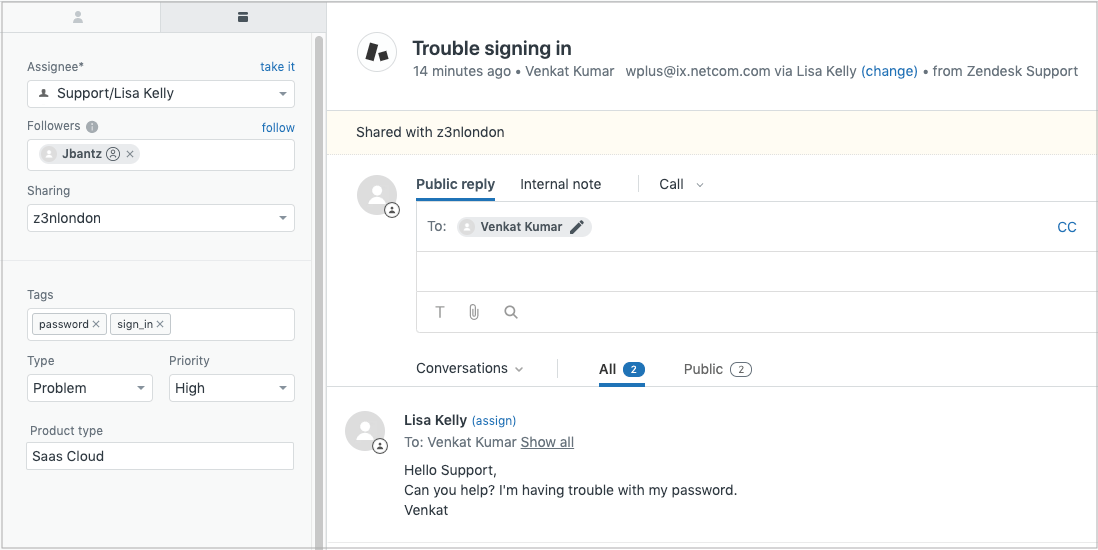
Source: Zendesk
- Intercom uses chat and chatbots to deliver value quicker, offers a Messenger-first ticketing solution, and lets you streamline high-volume workloads via Inbox.
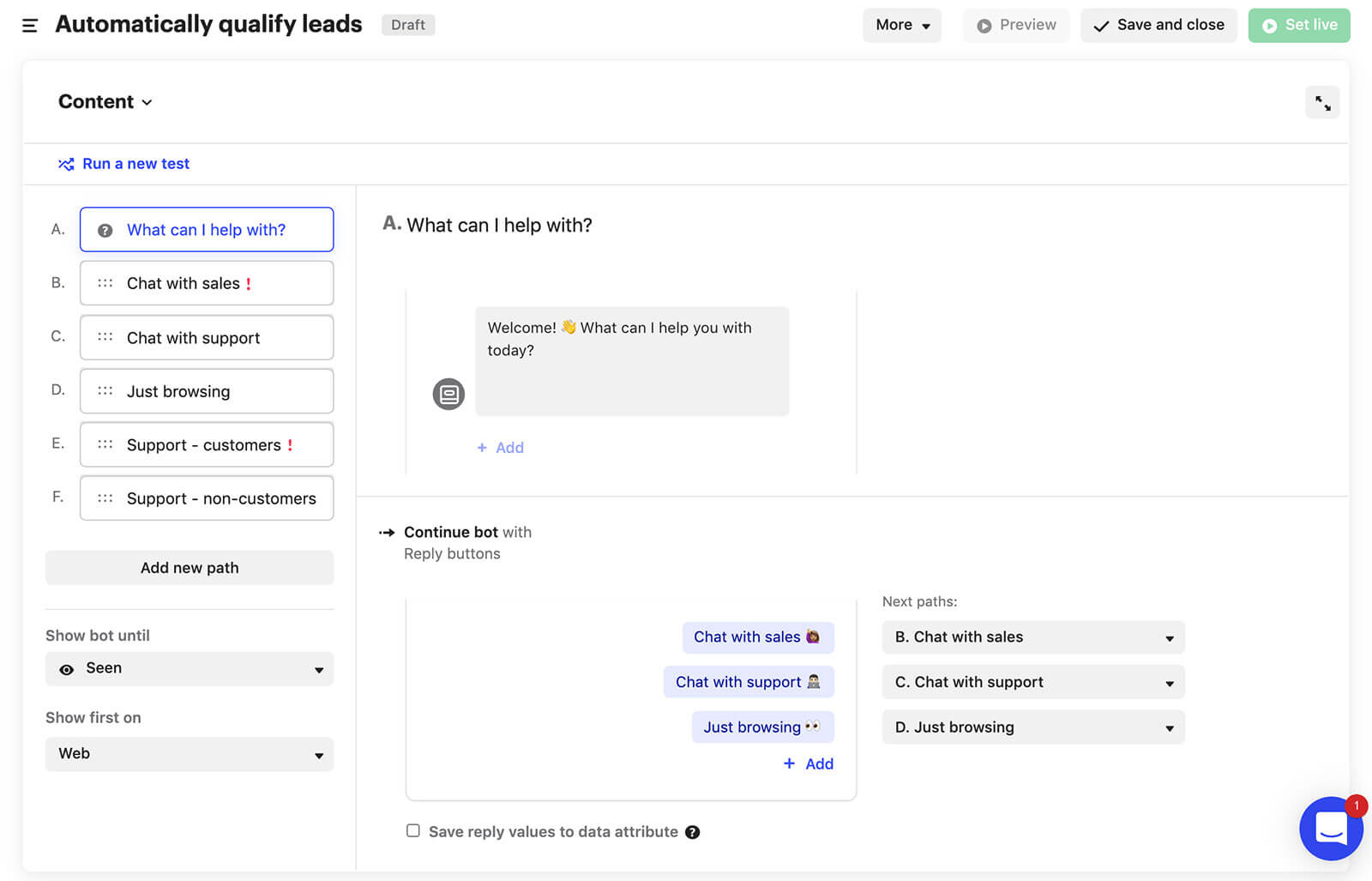
Source: Intercom
- Jira Service Management is an integrated ITSM solution that provides request, problem, incident, and knowledge management opportunities for service desk.

Source: Atlassian
- Help Scout provides the benefits of in-app chat and chatbots, lets you create a knowledge base, and has a number of powerful reporting and collaboration tools.
Source: Help Scout
- Salesforce Service Cloud personalizes engagement with AI, scales up service processes with automation, and connects service across various channels in real-time.
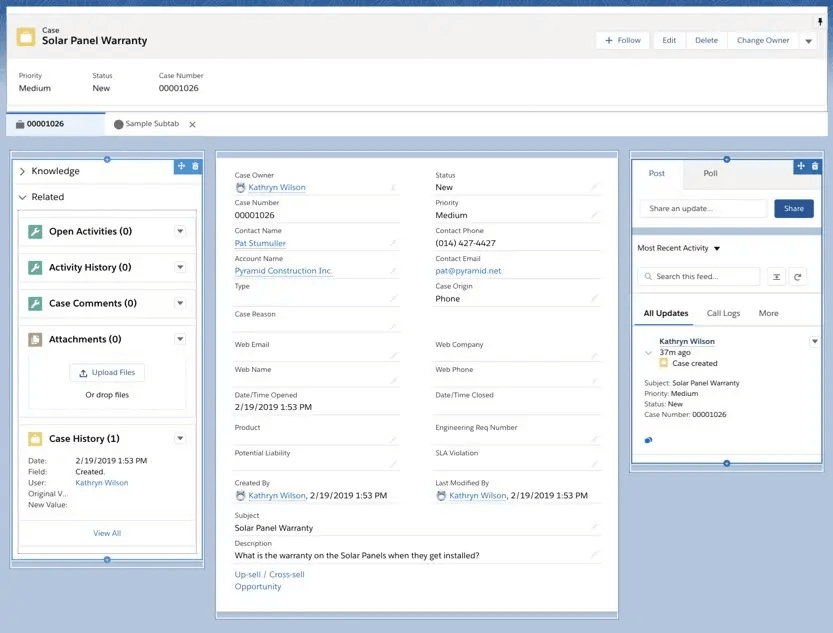
Source: Salesforce
- Hubspot Service Hub provides omnichannel messaging, has in-built VoIP software, and lets you create a knowledge base and let your customers do your support reps’ job.
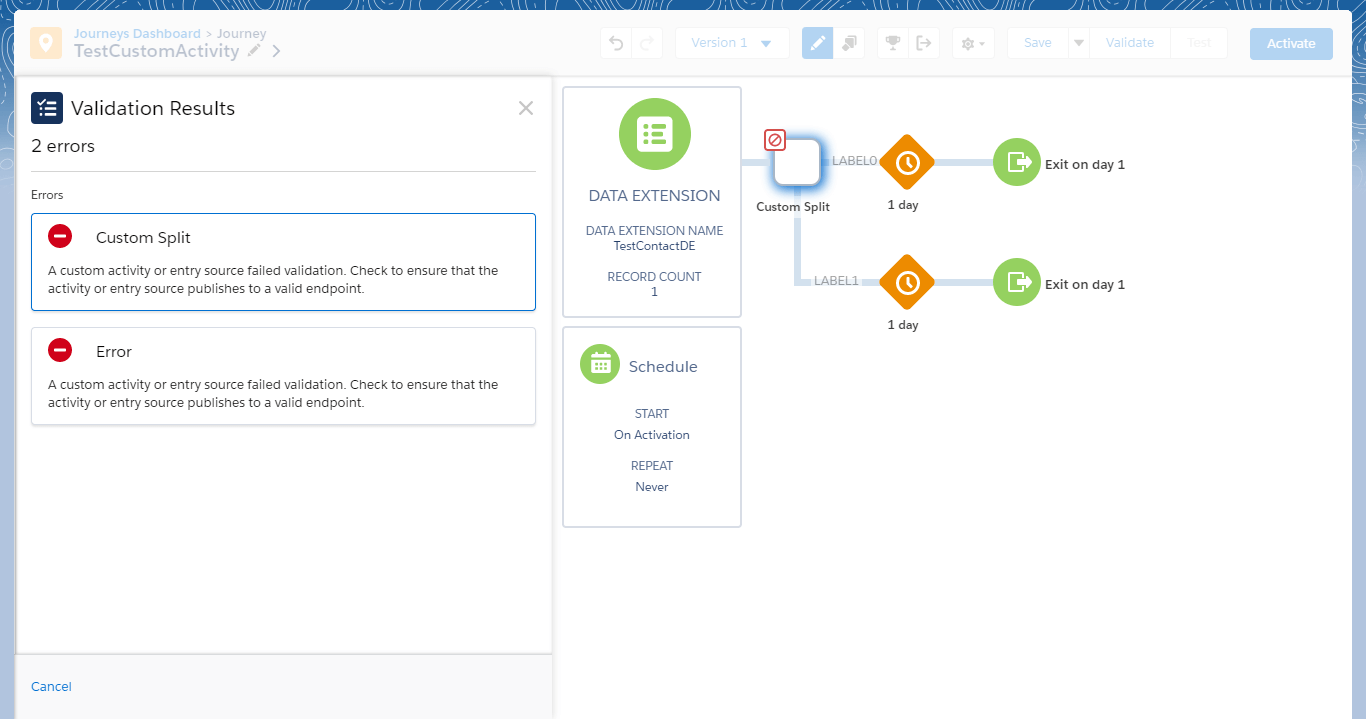
Source: HubSpot
So Do You Need to Improve Customer Acquisition Tactics?
Any successful business needs to develop well-thought-out customer acquisition, satisfaction, and retention strategies. Out of these three, the customer retention and satisfaction ones have the strongest impact in the long run.
Both of them will greatly benefit from effective customer service software that lets the clients get quick responses to any problem via preferred communication channels. Customer support platforms are excellent business boosters, too, as they allow you to use customer data, get customer feedback, and adapt your product to the ever-changing market conditions.
The take-home message is simple: listen to your customers if you want to build innovative solutions and make a difference. Finding the best way to acquire customers and turn them into loyal clients is a major challenge—and a true milestone of success.


